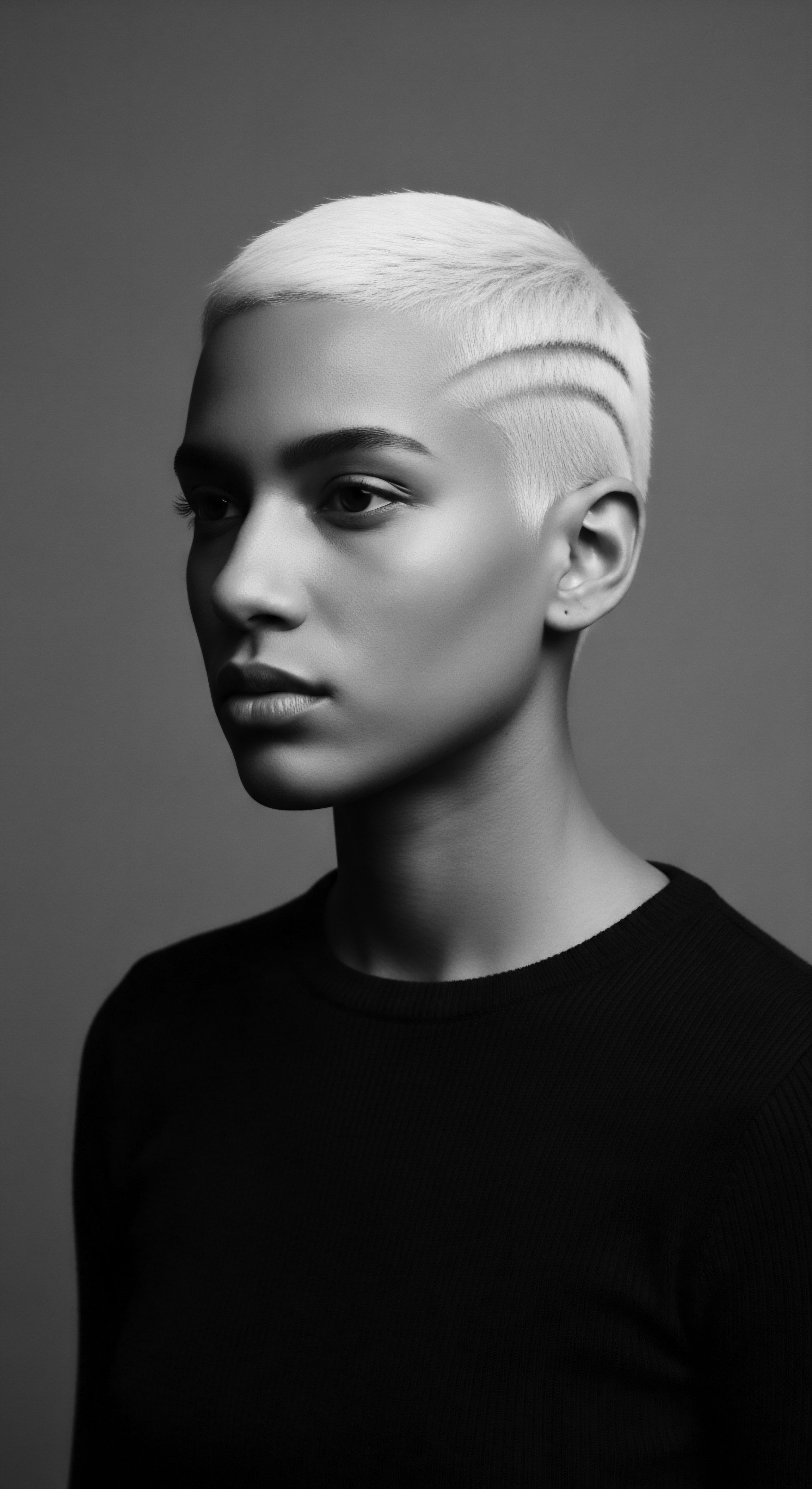
Roots
To hold textured strands, to feel the coils and waves, is to touch a living chronicle. It is to recall generations, whispered secrets, and the enduring connection to lands far and near. For those whose hair speaks of the sun-drenched savannas of West Africa, the verdant Caribbean Isles, or the ancient riverbanks of India, the question of beneficial botanical ingredients becomes a call to ancestry.
It asks us to consider what natural gifts nourished our forebears, sustaining their crowns against the elements, and how that deep wisdom continues to resonate within our own hair care. This exploration delves into the elemental biology of textured hair, viewed through the profound lens of ancestral practices, revealing a botanical legacy that transcends time.
The unique structure of textured hair – its distinct curl patterns, the ellipticity of its follicles, and the distribution of its cuticles – presents particular needs. It is often more susceptible to dryness and breakage due to its coiled architecture, which makes it harder for natural scalp oils to travel down the hair shaft. Ancestral communities, long before the advent of modern chemistry, understood these very challenges through keen observation and inherited wisdom.
They looked to the earth, the trees, and the very plants around them for solutions, crafting regimens that celebrated the strength and inherent beauty of their hair. These botanical ingredients, steeped in the natural world, provided the lubrication, conditioning, and protection that textured hair craved.

Ancestral Understanding of Hair’s Anatomy
Across various Black and mixed-race cultures, hair was far more than mere adornment; it served as a profound symbol of identity, status, spirituality, and even wealth. In pre-colonial Africa, hairstyles communicated geographic origin, marital status, age, ethnic identity, religion, and rank in society. This deep societal value placed on hair naturally led to a sophisticated understanding of its care. While not articulated with modern scientific terms, the effects of these botanicals on hair elasticity, moisture retention, and scalp health were keenly observed and passed down.
The idea of hair as the “most elevated part of the body” among the Yoruba, where braided hair could send messages to the gods, underscores a sacred connection that informed every aspect of its tending. This perspective encouraged a holistic approach to hair wellness, where ingredients were chosen for their restorative and protective qualities, aiming for thriving, resilient hair that reflected inner and communal wellbeing.
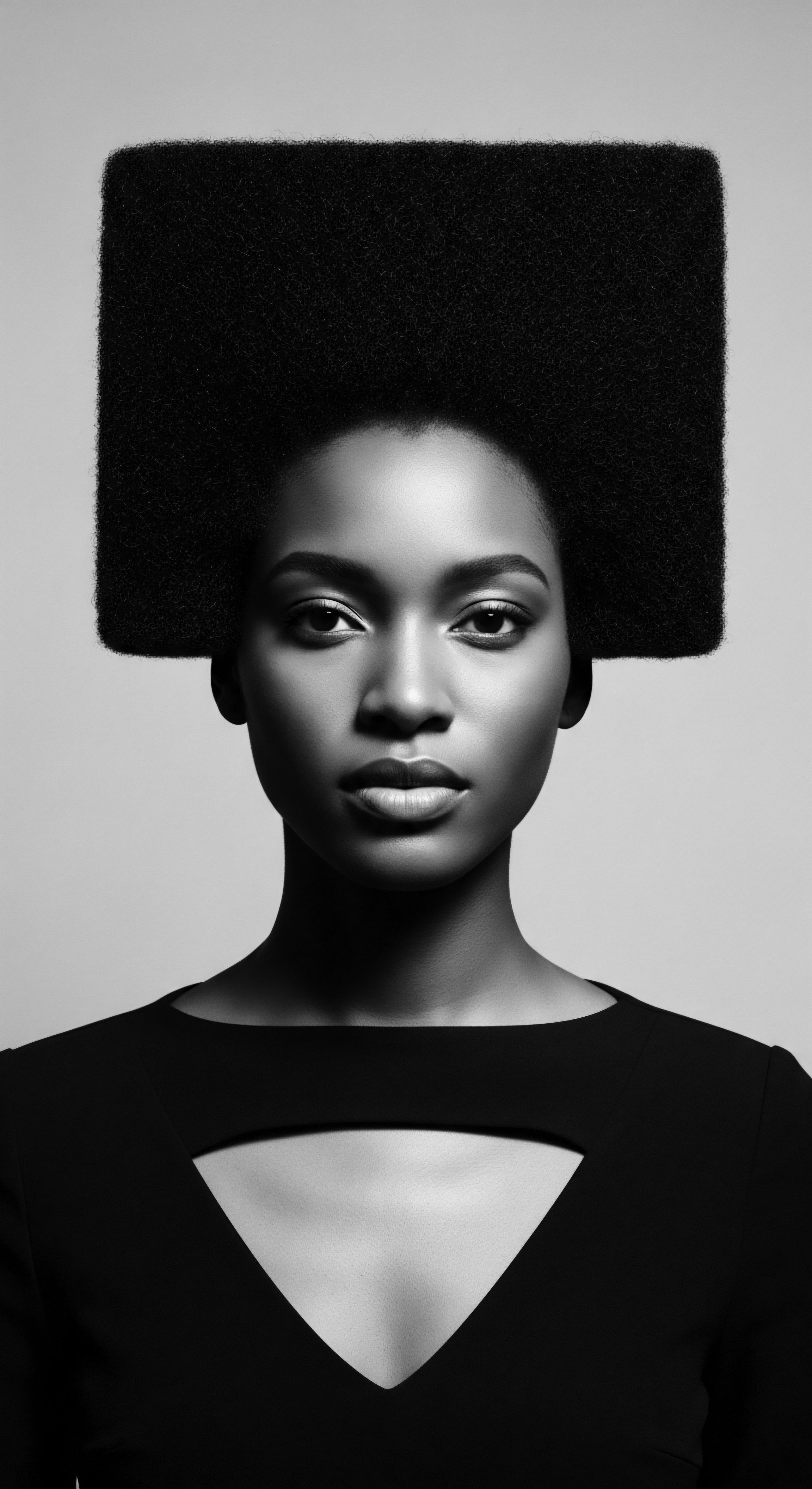
Gifts from the Earth ❉ Foundational Ingredients
A wealth of botanical ingredients emerged from diverse landscapes, each offering unique benefits to textured strands. Their widespread adoption was often dictated by local abundance and established cultural practices.
- Shea Butter ❉ From the karite nut tree native to the West African savannas, shea butter has been a staple for centuries. It served as a shield against the sun and drying winds, a daily essential for skin and hair moisture in the dry Sahel climate. Ancient caravans carried shea butter in clay pots as part of their trade routes.
- Castor Oil ❉ With origins tracing back over 4,000 years in Africa, castor oil traveled to the Caribbean through the transatlantic slave trade, gaining cultural significance within the African diaspora. It was prized for its ability to moisturize, lubricate, and soften dry hair, offering a non-drying oil with humectant properties.
- Aloe Vera ❉ Valued across Africa, the Caribbean, and ancient Egypt, aloe vera was used for its soothing and moisturizing properties to treat scalp dryness. Its hydrating gel helps strengthen hair strands from the root.
- Coconut Oil ❉ A pervasive ingredient in many tropical regions, including parts of Africa and the Caribbean, coconut oil has been a traditional moisturizer for hair. It offers deep conditioning and helps retain moisture, which is vital for textured hair.
- Chebe Powder ❉ Originating from Chad, this unique blend of botanical ingredients has been used by the Basara Arab women for centuries to maintain long, strong hair, particularly against harsh dry environments. It is known for its ability to help retain moisture and prevent breakage.
- Amla (Indian Gooseberry) ❉ A cornerstone of Ayurvedic practice in India, amla is rich in vitamin C and antioxidants. It strengthens hair roots, prevents greying, and reduces thinning. It also forms a protective barrier around the hair shaft.
- Bhringraj ❉ Another Ayurvedic herb from the Indian subcontinent, bhringraj is lauded for stimulating hair follicles and promoting healthy growth. It helps combat hair loss and can prevent premature greying.
The intentional selection of these botanicals reflects a deep ecological knowledge, passed down through generations. The insights gained from using these plant-based elements were not abstract; they were lived, observed, and integrated into daily life, forming the very foundation of textured hair care heritage.
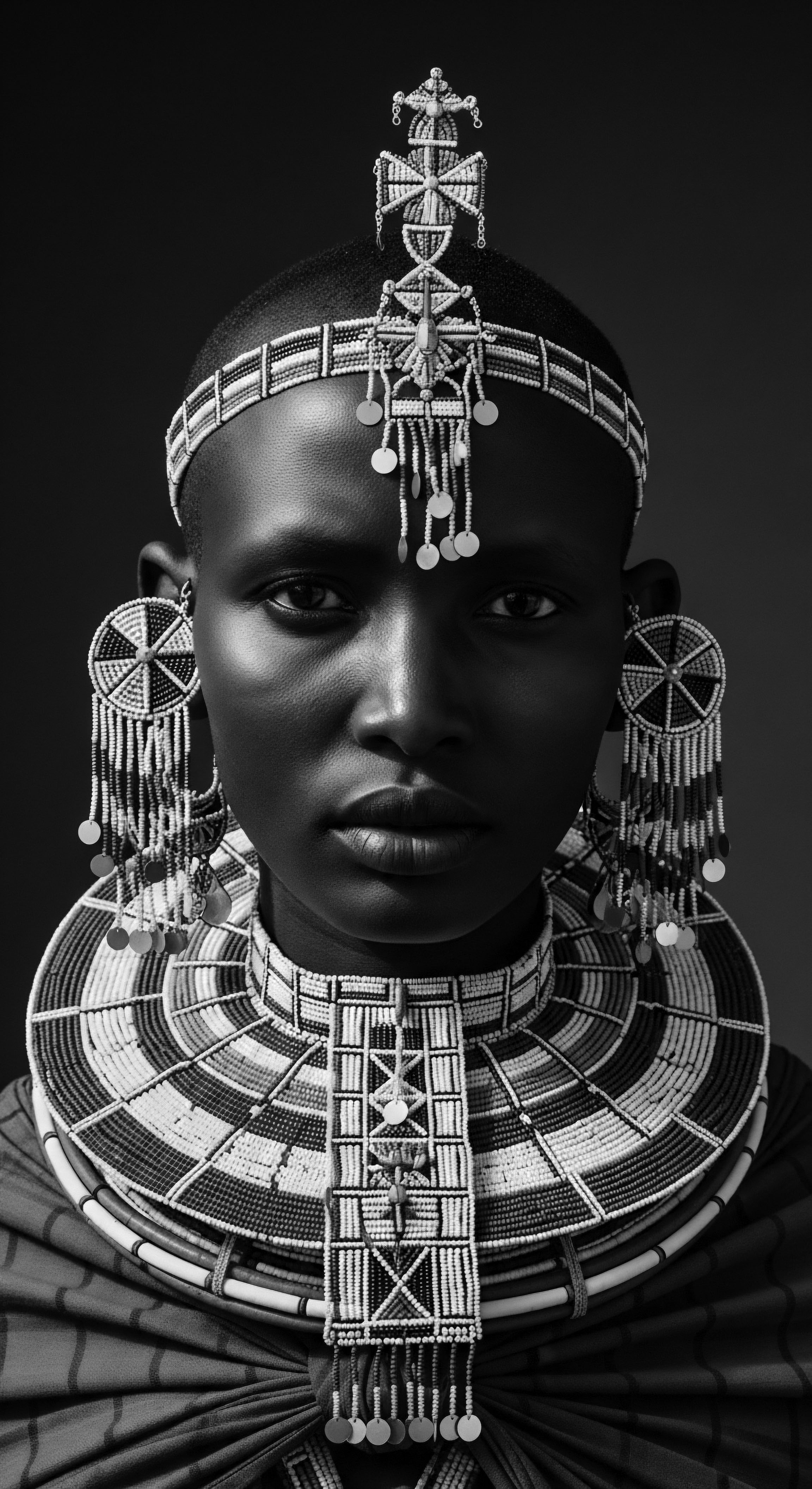
Ritual
The application of historical botanical ingredients was never a mere transaction of product to strand. It was, more often than not, a profound ritual – a communal gathering, a moment of connection, a practice imbued with tenderness and purpose. These rituals, passed from elder to youth, formed the tender thread that wove through families and communities, preserving both hair health and cultural identity. The practices were systematic, yet soulful, adapting to the unique needs of textured hair while affirming its beauty and resilience.
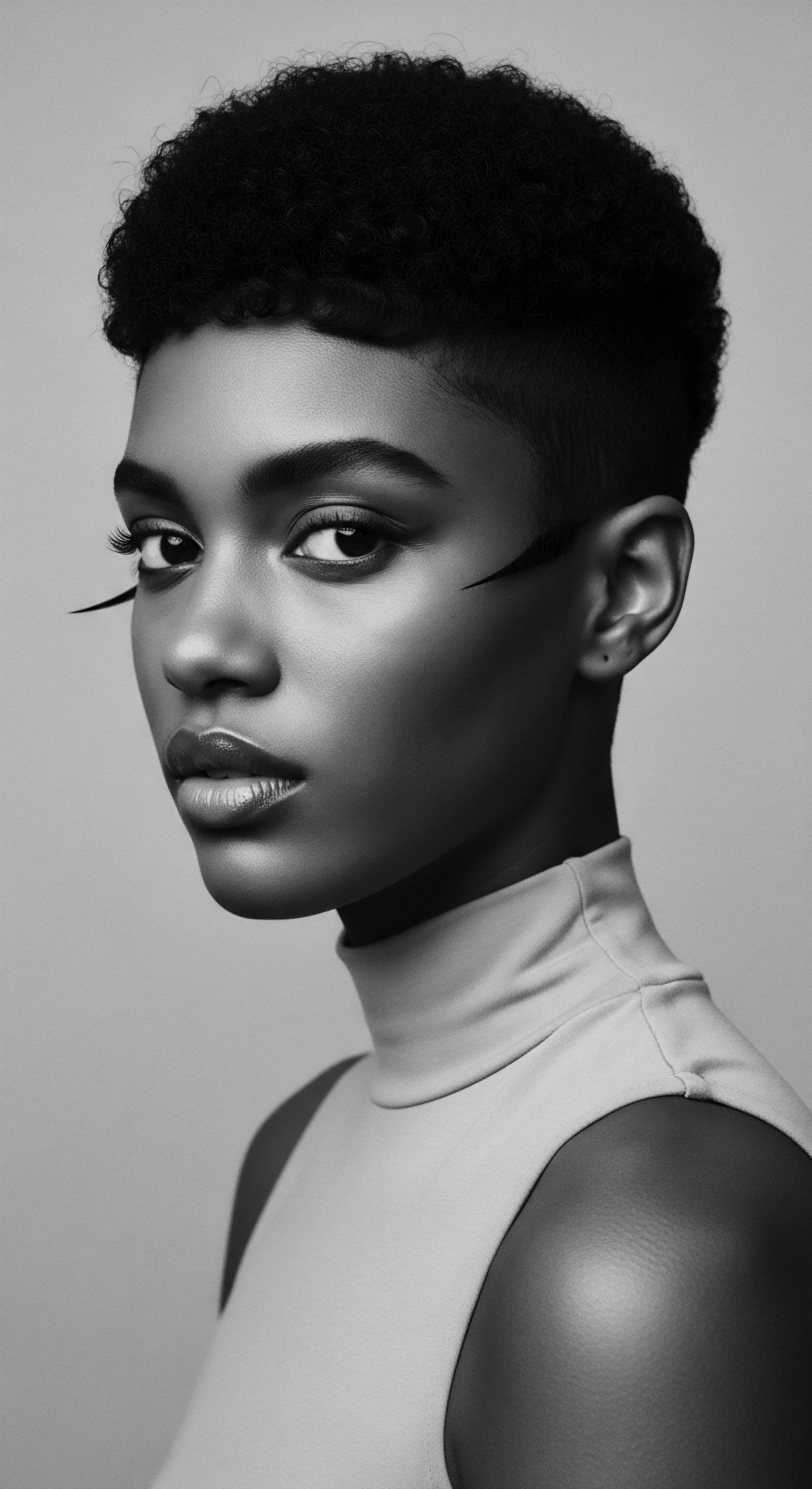
The Communal Touch ❉ Hair Care as Connection
In many African societies, the elaborate process of hair styling, which could span hours or even days, became a social opportunity to bond with family and friends. This tradition persists today. It was a time for shared stories, wisdom, and nurturing touch.
The knowledge of which leaves to crush, which oils to warm, and how to apply them to maximize benefit was a collective inheritance. This communal aspect stands in stark contrast to the often solitary modern hair care routine, reminding us that care extends beyond the physical, touching the very fabric of community and kinship.
Ancestral hair practices transcended mere beauty, serving as vital expressions of identity and community.
The traditional use of Chebe Powder by Basara Arab women in Chad provides a compelling illustration of hair care as a cultural ritual. This practice, going beyond simple product application, actually fosters community, identity, and heritage. Basara women apply an herb-infused oil or animal fat mixture (Chebe) to their hair weekly, braiding it to retain length. The process of preparing and applying this powder involves precise steps, handed down over centuries.
It’s a testament to how specific botanical concoctions became deeply intertwined with a people’s way of life, reflecting not only practical hair health but also cultural values and a reverence for inherited wisdom. The practice is so central to their identity that possessing long, healthy hair, often attributed to Chebe, is regarded as a symbolic feature of femininity and vitality within Chadian culture. This historical example illuminates how botanical ingredients were not just applied, but ritually honored, embodying resilience in the face of harsh climates and upholding a distinct cultural legacy.
| Historical Practice Weekly Chebe Powder application, Chad |
| Primary Botanicals Applied Lavender Croton (Chebe), Mahleb, Clove, Missic Stone, Resin |
| Observed Benefit to Textured Hair Length retention, moisture seal, breakage prevention, scalp health. |
| Historical Practice Hair Oiling & Scalp Massage, India (Ayurveda) |
| Primary Botanicals Applied Amla, Bhringraj, Fenugreek, Coconut Oil, Neem, Hibiscus |
| Observed Benefit to Textured Hair Strengthened roots, stimulated growth, reduced hair fall, scalp nourishment, improved texture. |
| Historical Practice Protective Styling & Dressing, West Africa |
| Primary Botanicals Applied Shea Butter, Castor Oil, African Black Soap |
| Observed Benefit to Textured Hair Moisture retention, environmental protection, mild cleansing, softening. |
| Historical Practice Nourishing Masks, Ancient Egypt |
| Primary Botanicals Applied Aloe Vera, Honey, Castor Oil, Beeswax, Fenugreek |
| Observed Benefit to Textured Hair Hydration, strength, shine, scalp soothing, frizz control. |
| Historical Practice These practices demonstrate an ancestral understanding of botanical properties for maintaining textured hair health across diverse heritage lines. |
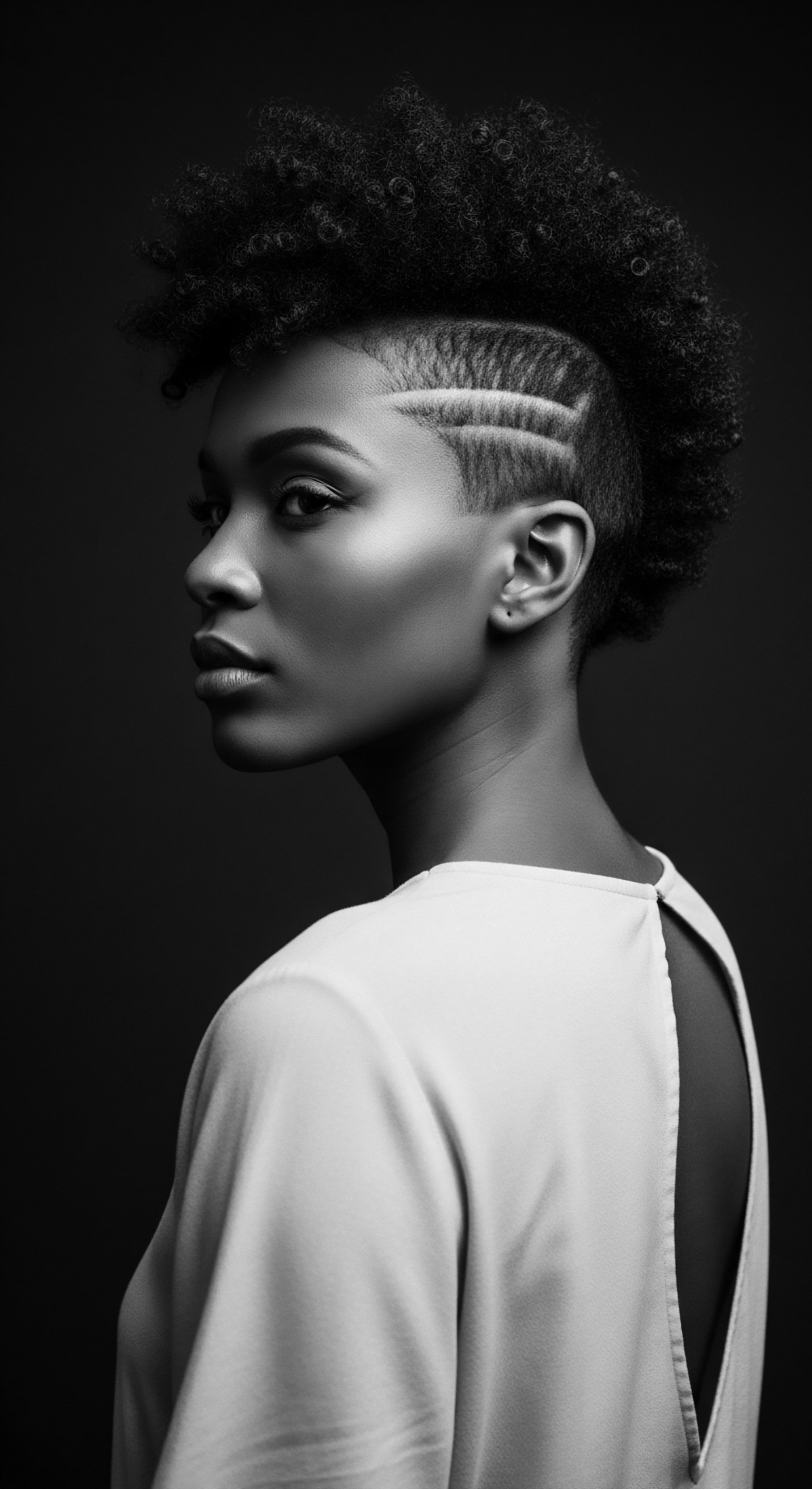
Herbal Infusions and Traditional Preparations
The preparation of these botanical ingredients was often a craft in itself, a process that respected the plant’s inherent qualities. Seeds might be dried and ground, like those of the Lavender Croton for Chebe powder, before being mixed with other components. Oils were extracted through traditional methods, such as boiling shea nuts to release their rich butter.
In Ayurvedic traditions, herbs like Amla, Bhringraj, and Fenugreek were infused into oils or prepared as pastes for scalp and hair application. These methods ensured the potency of the ingredients, maximizing their benefits for textured strands.
Consider the widespread historical practice of hair oiling. This ritual, deeply ingrained in various cultures, involved massaging botanical oils into the scalp to stimulate blood circulation and nourish the hair roots. This act, often performed by mothers or grandmothers, went beyond simple product delivery; it symbolized care, connection, and the passing down of knowledge. The consistency of these practices, often over centuries, speaks to their tangible effectiveness and their cultural durability.
The meticulous preparation of botanical ingredients was a craft, ensuring maximum benefit for textured hair.
The choice of ingredients was not arbitrary. For example, the use of Castor Oil by enslaved Africans in the Caribbean for both medicinal and beauty purposes became an essential part of traditional Afro-Caribbean remedies. This reflected the resourcefulness of African descendants who adapted and preserved their cultural practices under challenging circumstances, often relying on holistic and home remedies due to the lack of formal medical care (PushBlack, 2023). This adaptation speaks volumes about the intelligence and resilience embedded within textured hair heritage.
The wisdom embedded in these historical rituals provides a profound blueprint for contemporary textured hair care. It underscores the value of patience, intentionality, and the deep understanding that true hair wellness springs from a connection to natural sources and ancestral practices.
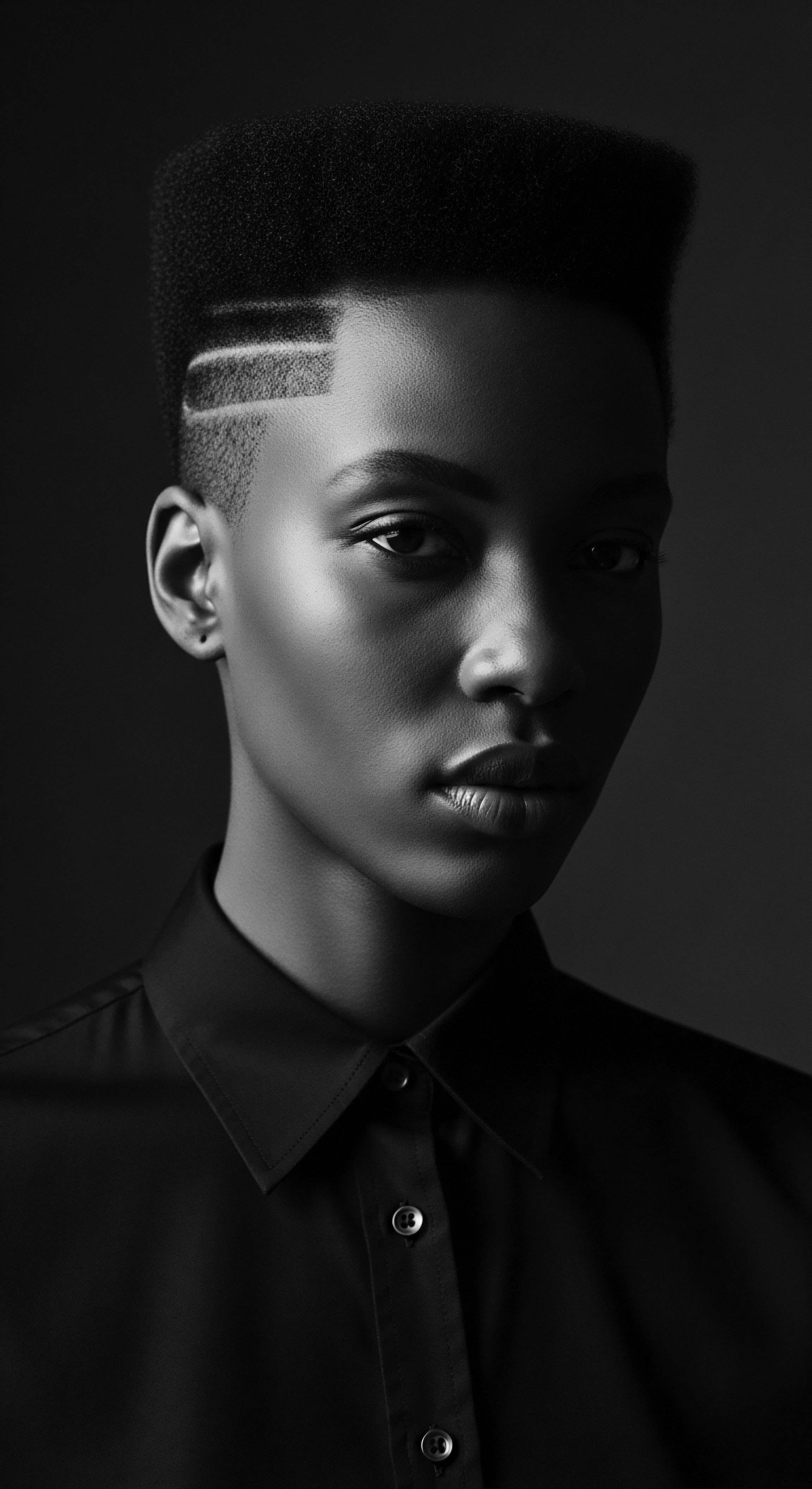
Relay
The story of historical botanical ingredients benefiting textured strands is not confined to the annals of the past; it is a living, breathing testament to resilience and adaptation, a relay race of wisdom across generations and continents. From ancient traditions to today’s self-care routines, these ingredients whisper of enduring strength and identity. They remind us that the roots of textured hair care are not just about biology, but also about the profound cultural journeys and ancestral legacies that shaped their use and perception.
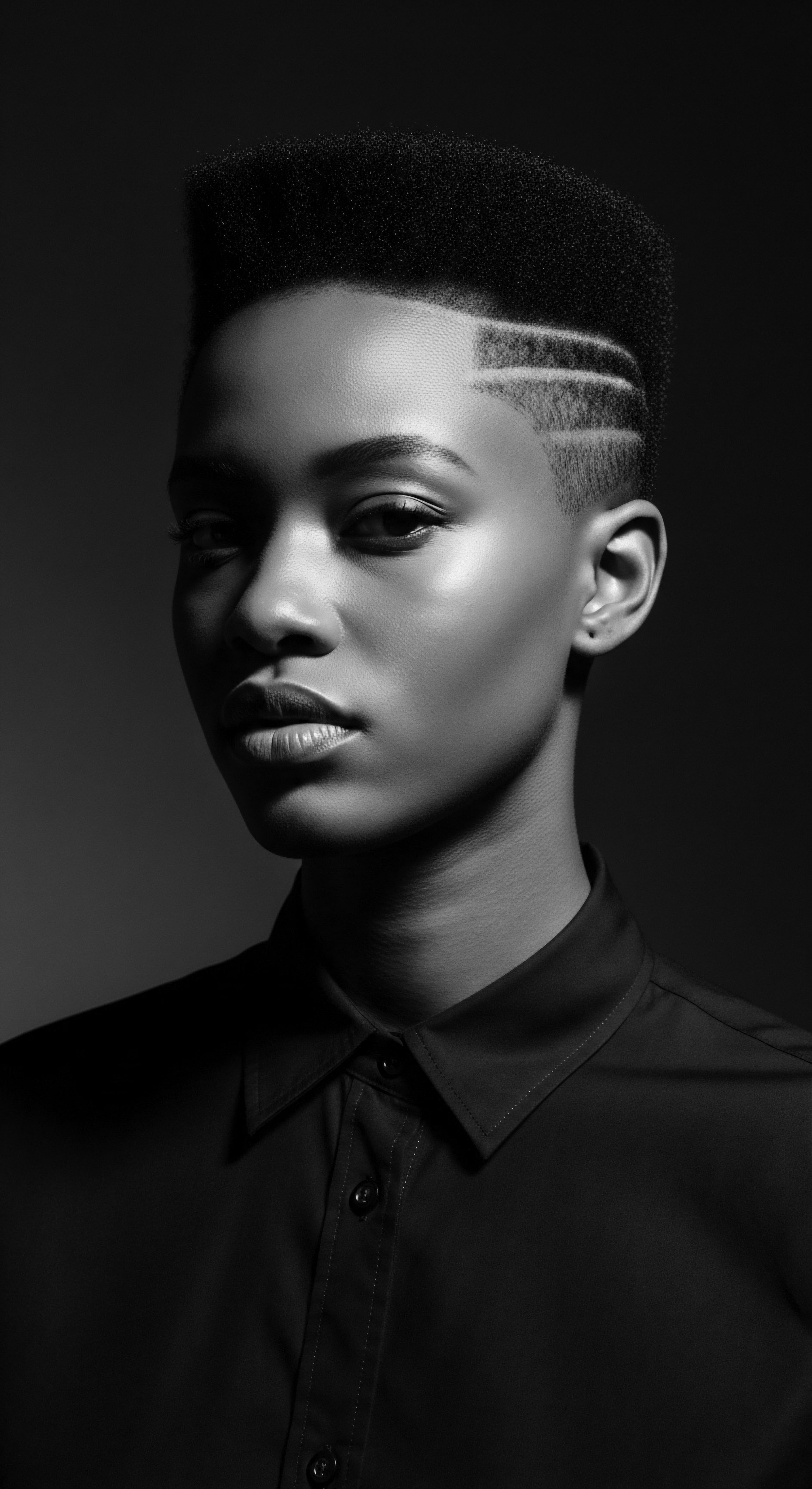
Hair as a Living Archive
Hair itself, particularly textured hair, has long been a canvas for cultural expression and a repository of history. In pre-colonial African societies, hair was a symbol of a person’s identity, with styles indicating tribe, social status, and family background. This deep cultural grounding meant that the botanicals used for care were not mere commodities; they were sacred tools, connecting individuals to their heritage. The practices surrounding them became a means of cultural survival, particularly during periods of oppression, where hair care rituals continued in defiance of attempts to erase identity.
Consider the profound impact of the transatlantic slave trade. Enslaved Africans, stripped of so much, clung to their hair practices as a way to reaffirm their humanity. Some even braided rice seeds into their hair as a means of survival, carrying a piece of their homeland and culture with them. Though access to traditional African hair care essentials was often denied, people improvised with what was available, such as animal fats and butter.
This adaptability underscores the tenacity of these traditions, even when faced with extreme hardship. The very act of caring for textured hair, then and now, often carries the weight of this collective memory, becoming a quiet act of reclamation.
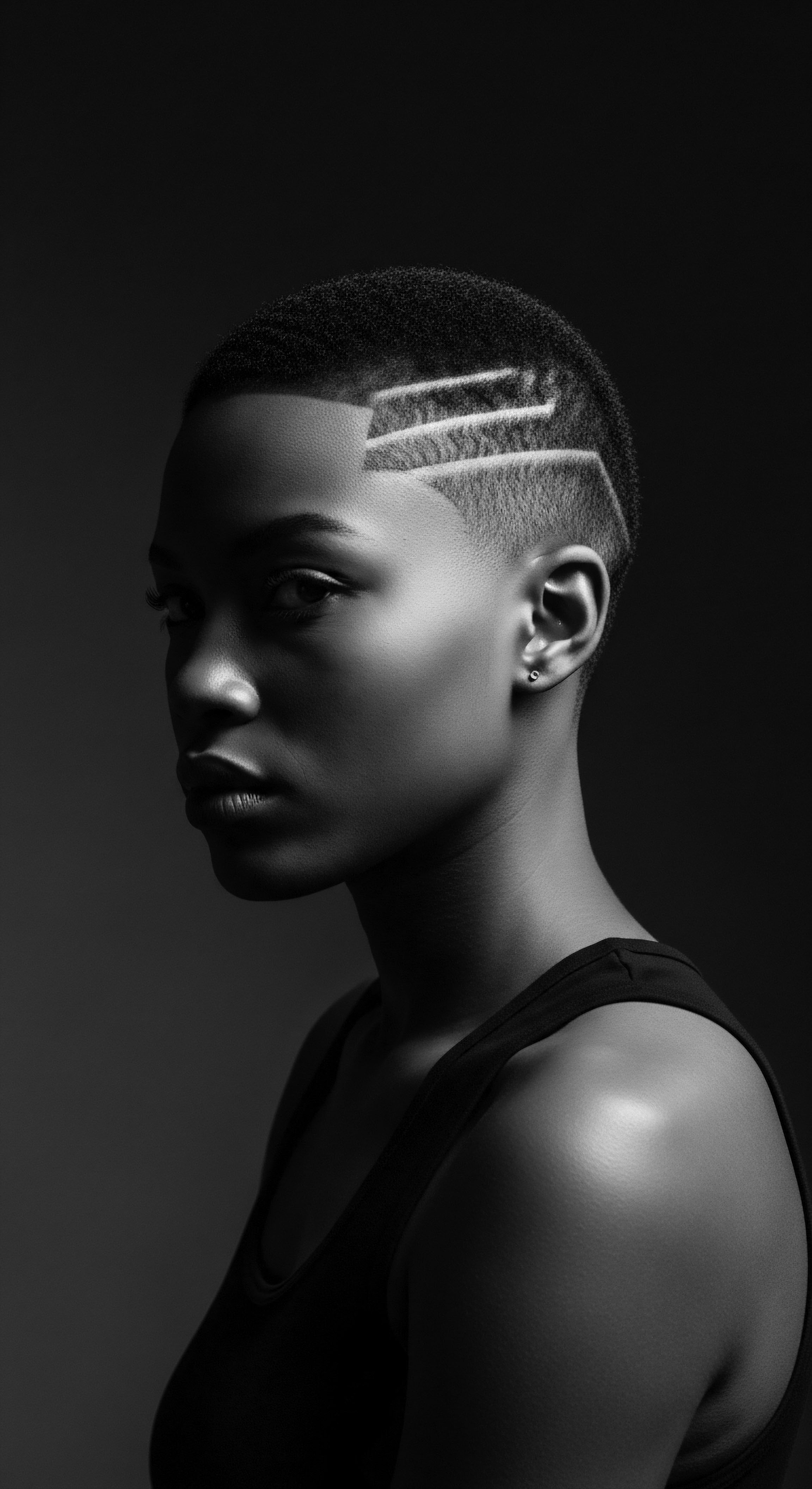
Validation from Modern Science
What is truly compelling is how modern scientific understanding often validates the intuitive wisdom of ancestral practices. The botanical ingredients revered for centuries are now recognized for their rich profiles of vitamins, minerals, antioxidants, and fatty acids.
- Shea Butter, for example, is rich in vitamins A and E, along with natural anti-inflammatory properties, explaining its long-standing use for moisturizing and healing.
- Castor Oil’s ricinoleic acid content boosts circulation to the scalp, promoting healthy growth, a scientific underpinning to its ancient use in African and Indian cultures.
- Amla’s high vitamin C and antioxidant content supports its historical use in strengthening hair and preventing premature greying.
- Fenugreek Seeds are packed with proteins and nicotinic acid, which strengthen hair and reduce dandruff, consistent with their traditional Ayurvedic applications.
This scientific corroboration strengthens the argument for re-engaging with these historical botanicals. It allows us to approach hair wellness with both ancestral reverence and informed understanding, bridging the gap between generations of knowledge.
The journey of textured hair care, powered by historical botanicals, continues as a living legacy.

The Unbound Helix ❉ Shaping Futures
The continuing prominence of these historical botanical ingredients speaks to a deeper connection to self and heritage. As the natural hair movement gained momentum globally, it sparked a re-examination of beauty standards and a renewed appreciation for ancestral practices. Many individuals with textured hair are choosing to return to their roots, embracing traditional ingredients that honor their hair’s unique coiled patterns. This movement is not simply about aesthetics; it carries a social and political weight, representing a rejection of imposed beauty norms and a declaration of self-acceptance.
The ongoing rediscovery of ingredients like Chebe Powder, Shea Butter, and Ayurvedic Herbs represents a deliberate choice to align with traditions that prioritize true hair health over fleeting trends. It is a conscious act of cultural preservation, where each application of a botanical oil or herb becomes a quiet tribute to the wisdom passed down. The future of textured hair care is intrinsically tied to its deep past, drawing strength from generations of knowledge and the enduring gifts of the earth. The echoes from the source continue to guide, shaping a radiant and authentic future for every strand.
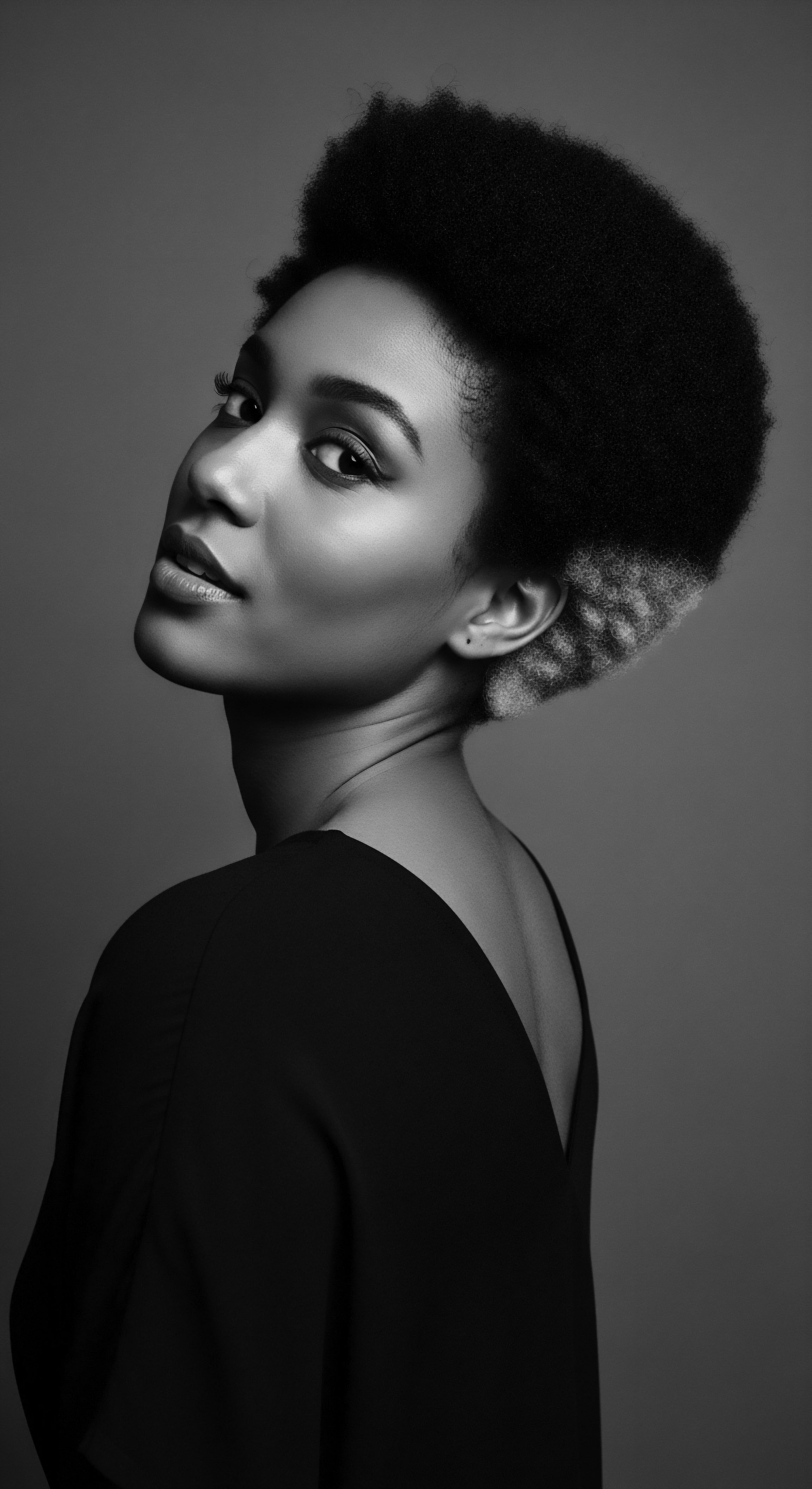
Reflection
To consider the historical botanical ingredients that benefit textured strands is to undertake a profound meditation on memory, resilience, and the earth’s quiet generosity. Each plant, each oil, each herb carries within it not only chemical compounds that nourish and strengthen, but also the whispered stories of generations. They bear witness to ancient hands tending to crowns, to communal gatherings where care was woven into connection, and to the unwavering spirit that preserved beauty rituals even through displacement and hardship.
This living archive of textured hair heritage, held within the very fabric of these botanicals, reminds us that the quest for hair wellness is a return to an elemental wisdom. It is a recognition that our strands hold not just personal narratives, but also a collective human story, rooted deeply in the earth’s timeless gifts.

References
- Byrd, Ayana, and Lori L. Tharps. Hair Story ❉ Untangling the Roots of Black Hair in America. St. Martin’s Press, 2001.
- Moyana, Toby. The Hair and the Human ❉ Hair as a Symbol of Identity in Africa. Baobab Books, 1999.
- Lad, Vasant. Textbook of Ayurveda ❉ A Complete Guide to Ayurvedic Principles and Practice. Ayurvedic Press, 2002.
- PushBlack. “Why Jamaican Black Castor Oil Is Rich in Black History.” PushBlack.Org, 23 Sept. 2023.
- Ademefun, Sharon. “A Brief History Of Black Hair Rituals.” ELLE, 22 Oct. 2020.
- Karega, Christian. “This Entrepreneur Says Ayurvedic Herbs is Exactly What You Need for Your Natural Hair.” NaturallyCurly.Com, 3 Oct. 2019.
- Diop, Cheikh Anta. Precolonial Black Africa ❉ A Comparative Study of the Political and Social Systems of Eurasia and Black Africa from Antiquity to the Formation of Modern States. Lawrence Hill Books, 1987.
- Dube, Zola. African Traditional Hair Care Secrets ❉ Ancient Remedies for Modern Hair Problems. Self-Published, 2021.
- Slocum, Karla. Hair as Power ❉ A Cultural History of Black Hair in the Americas. University of California Press, 2015.
- Tharps, Lori L. “6 Things Everyone Should Know About Black Hair History.” Odele Beauty, 22 Feb. 2021.
